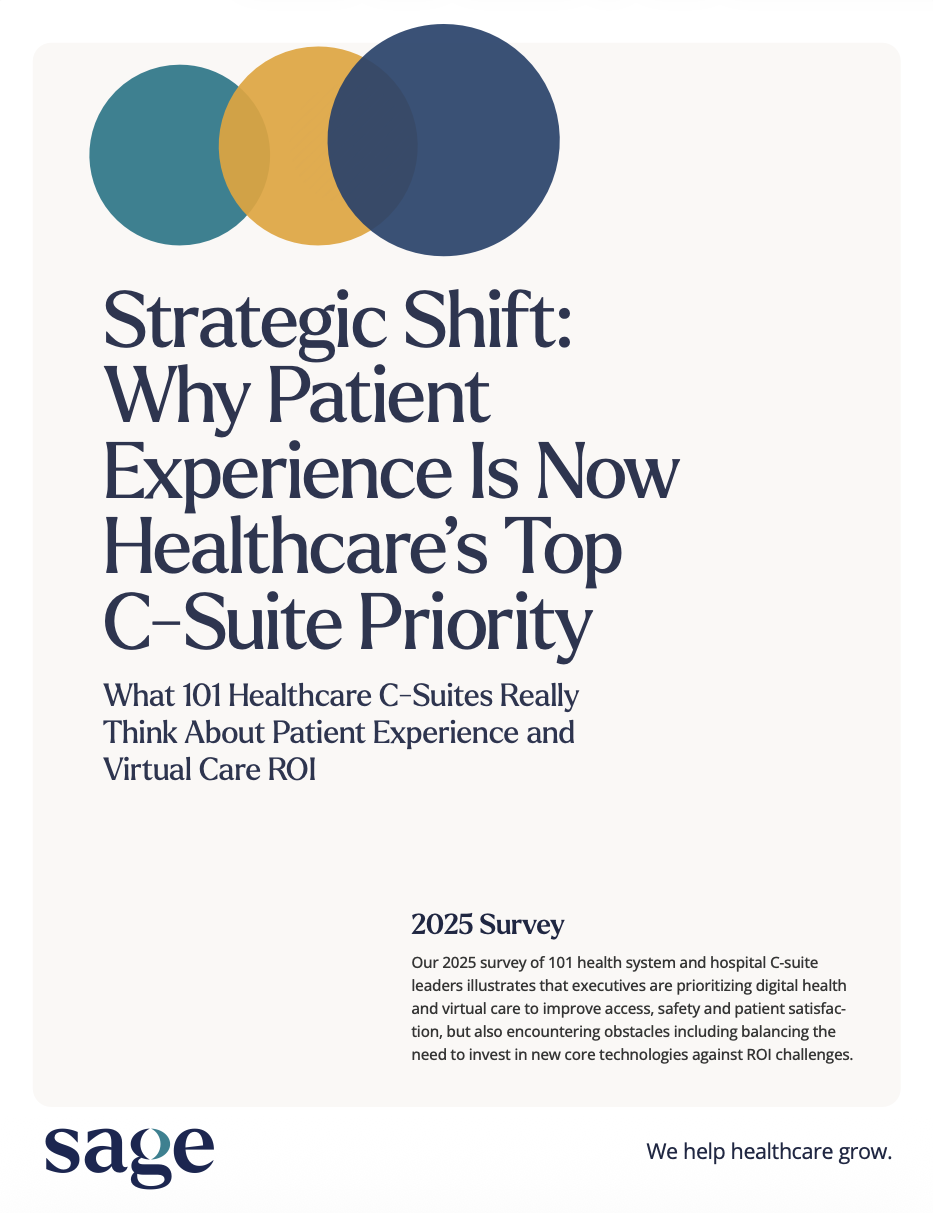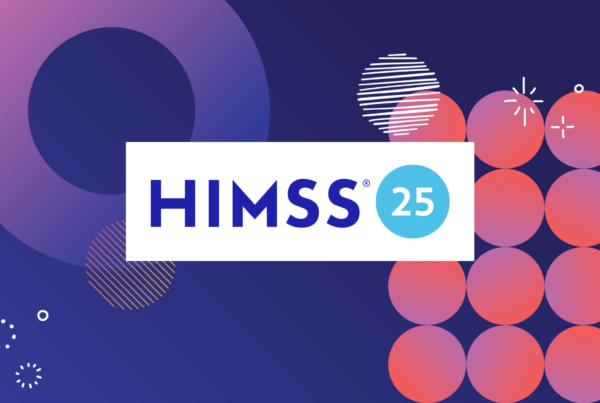Every healthcare conference is a bellwether, an opportunity to take our collective temperature and ask: What do we really know about the industry, the market, and the dysfunctions that make them profitable?
At HLTH 2025 in Vegas last week, the vibe was mixed. Though the crowds were bigger, the booths were smaller but people were, well … nicer. The conversations were better, more substantive. All this at a time when healthcare’s traditional high-rollers — payers, pharma — are discovering that the odds have shifted. Profitability now depends less on swagger and more on stamina. (Though someone might want to remind those who arrived by private jet).
So what’s the advice for an industry that doesn’t know whether to look up or down? Maybe the right move is straight ahead.
Eventually, the House loses
In Vegas, the House almost always wins. In healthcare, that’s also true of payers. But multiple factors are testing that rule. Thanks in part to post-pandemic utilization spikes, Medicare Advantage isn’t the cash cow it used to be. Expired subsidies are about to wipe out years of double-digit Marketplace enrollment growth. And did anyone imagine that “What will it take to turn UnitedHealthcare around” would be a question? After a 35% plummet in YOY stock price, that’s not only an open query but a nagging one.
Meanwhile, pharma is facing its own reckoning. Layoffs and product realignments underscore that GLP-1 supremacy is rewriting the rules of the game. The easy era of blockbuster margins is fading.
Still, the halls of HLTH 2025 were far from gloom and doom. And there were a trio of reasons why . . .
AI, deals, and discipline
Incrementalism hasn’t fixed healthcare. Ours might be the only industry that takes decades to get its core technology — the electronic medical record — to a passable state. But things are starting to shift. And while AI may not “fix” healthcare either, it couldn’t have arrived at a better time.
Ambient listening is getting EMRs where they need to be. Consumer data is now edging toward medical-grade quality. Bidirectional cloud integration between provider systems is happening. These are the eyes-straight-ahead milestones that will keep moving AI, and the industry at large, from promise to reality.
Speaking of reality, there are still good deals to be had — AI-driven and otherwise. It’s just that the comps have changed. Just because the best house in your neighborhood sells for top dollar doesn’t mean yours will. This same dynamic is playing out across healthcare. Some companies still command strong multiples, but others can’t reclaim what they’ve sunk and never will.
The billion-dollar table
At HLTH, an investor mentioned that casino costs now range in the billions. Unless you want to tear one down. It took $2.3B to build The Sphere but only $1.2M to blow up The Tropicana. With the implosion, one UNLV professor noted that Vegas had moved away from being an affordable “value-based destination.”
The same might be said of healthcare. Adding three zeros to the price of things is a dangerous game to play. Subtracting them is too. Untold sums of market value from once-reliable sources — exchange markets, easy venture capital — are not-so-quietly evaporating.
But maybe those are the costs for an industry that still doesn’t know what it wants to be when it grows up.
Amidst one of the longest shutdowns in government history, maybe we should be calculating healthcare as a percentage of the national debt and not the GDP.
And maybe the neither-up-nor-down vibe at HLTH was because we’re collectively stunned — by the disappearance of what we can no longer count on (i.e., payer profitability, the East Wing of the White House) and the emergence of what we likely never imagined: AI.
Has the industry’s for-profit experiment failed?
Maybe. But try telling Vegas that.








